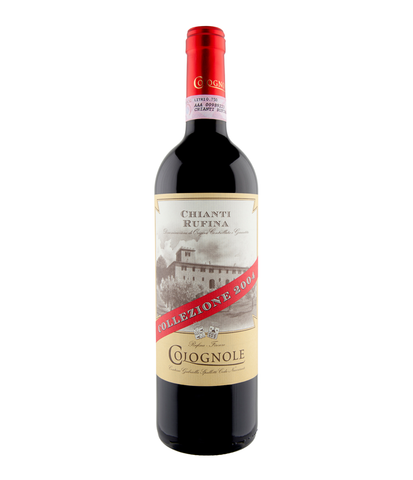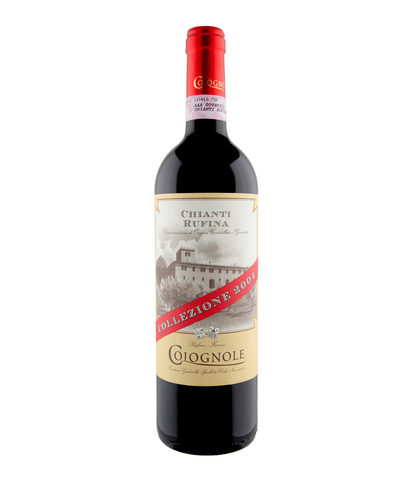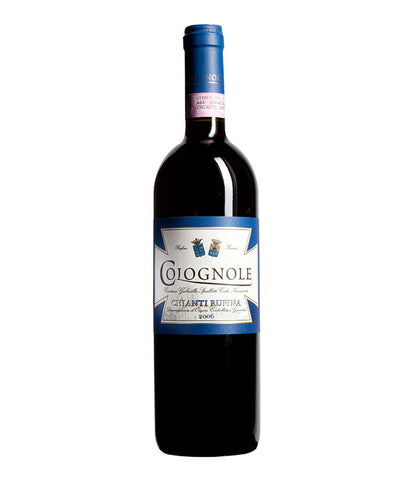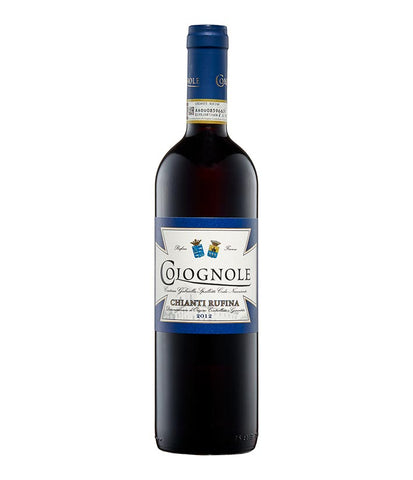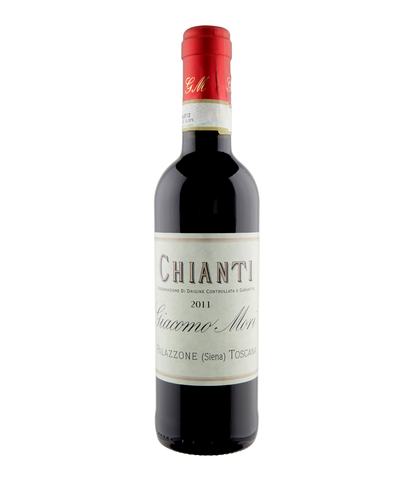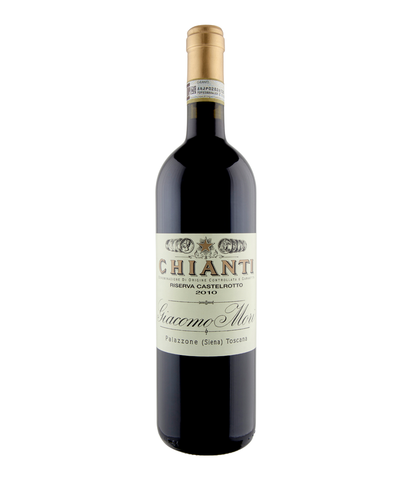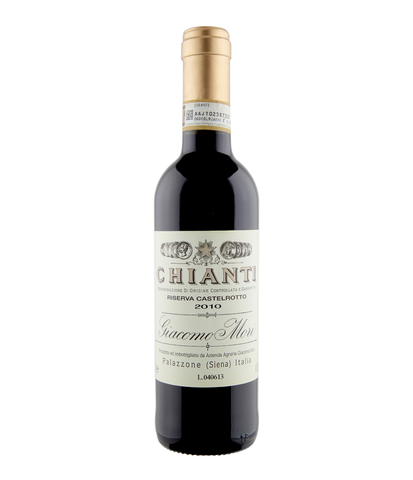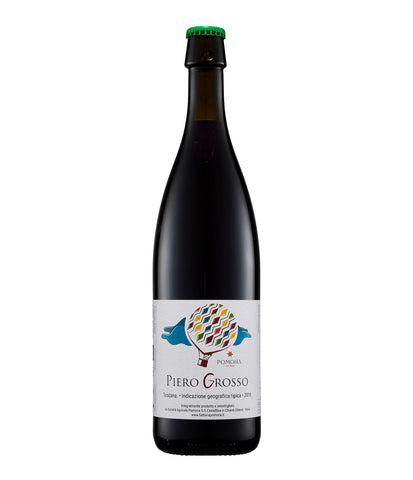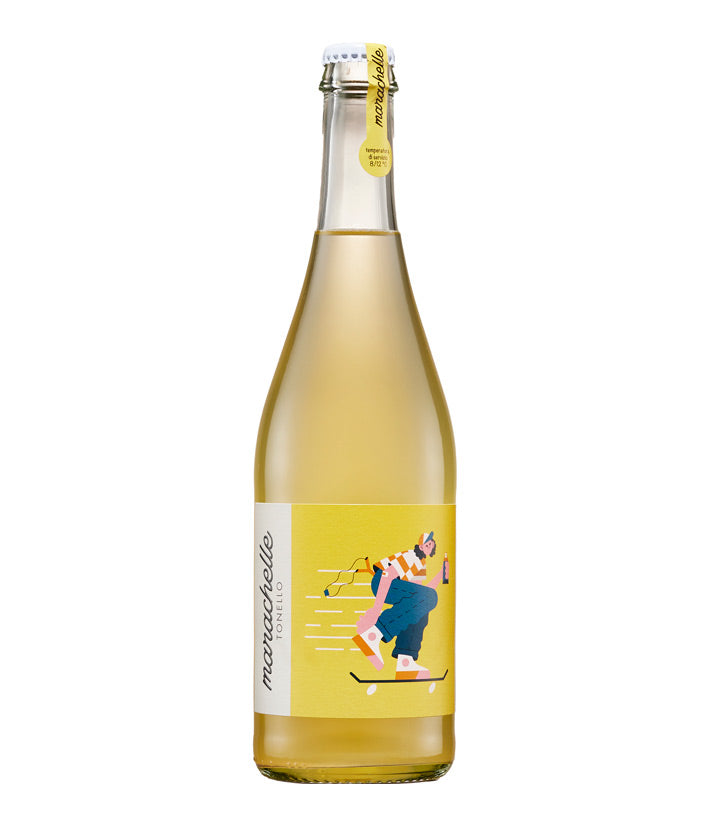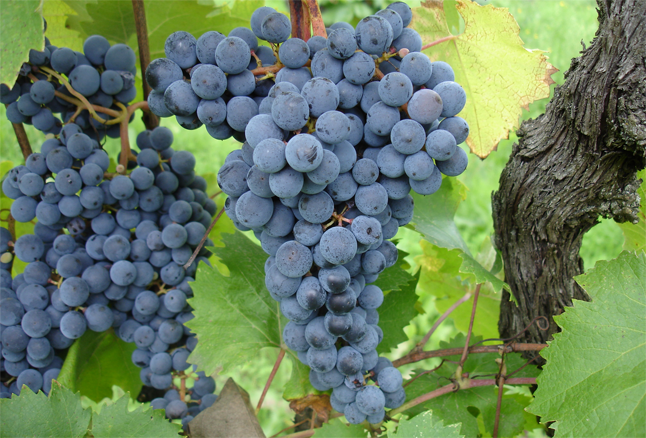
Canaiolo Nero
Offering softer and more fruit-rich notes to the more structured and savoury Sangiovese, Canaiolo (pictured) is essentially a blending grape used in Tuscany, especially in Chianti. With the rise of international varieties in Tuscany, Canaiolo had given way to the likes of Merlot and Cabernet Sauvignon. However as the pendulum tends to swing more vigorously than it needs to, the overuse of these imports – often to a jarring degree – has seen interest in the more traditional Canaiolo experience a resurgence.
Colorino
Colorino is another Tuscan blending grape that was traditionally included in the wines of Chianti to add – you guessed it – colour to the finished wine. Alongside Canaiolo Nero, Colorino is again finding favour with Tuscan vignaioli, especially as consumer tastes (both local and international) are again finding favour with more classic styles. ...READ MORE
Canaiolo Nero
Offering softer and more fruit-rich notes to the more structured and savoury Sangiovese, Canaiolo (pictured) is essentially a blending grape used in Tuscany, especially in Chianti. With the rise of international varieties in Tuscany, Canaiolo had given way to the likes of Merlot and Cabernet Sauvignon. However as the pendulum tends to swing more vigorously than it needs to, the overuse of these imports – often to a jarring degree – has seen interest in the more traditional Canaiolo experience a resurgence.
Colorino
Colorino is another Tuscan blending grape that was traditionally included in the wines of Chianti to add – you guessed it – colour to the finished wine. Alongside Canaiolo Nero, Colorino is again finding favour with Tuscan vignaioli, especially as consumer tastes (both local and international) are again finding favour with more classic styles.
Mammolo
For Italian speakers, the name of this grape already betrays its principal attribute: mammole = violets. And indeed as a component of a blend, Mammolo’s contribution is almost entirely aromatic. It has traditionally been employed in Chianti and throughout Tuscany and commonly features in Vino Nobile di Montepulciano, albeit in small percentages.
COLLAPSE TEXT
- Page 1 of 1
-
- Page 1 of 1
-
